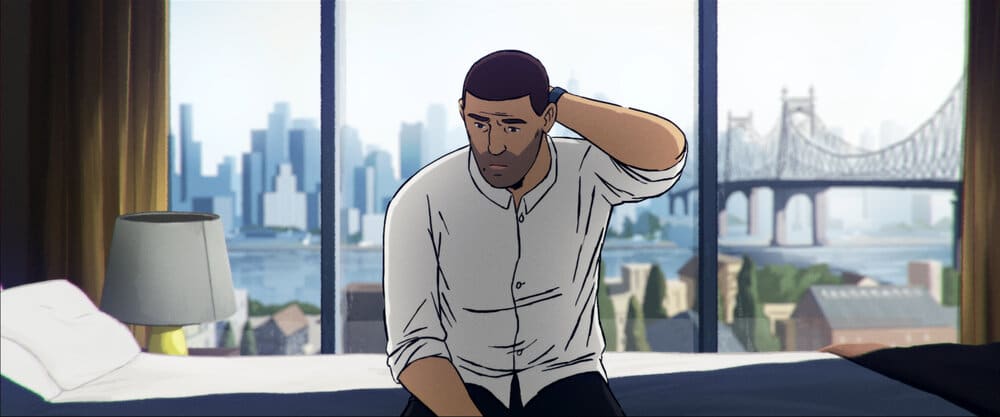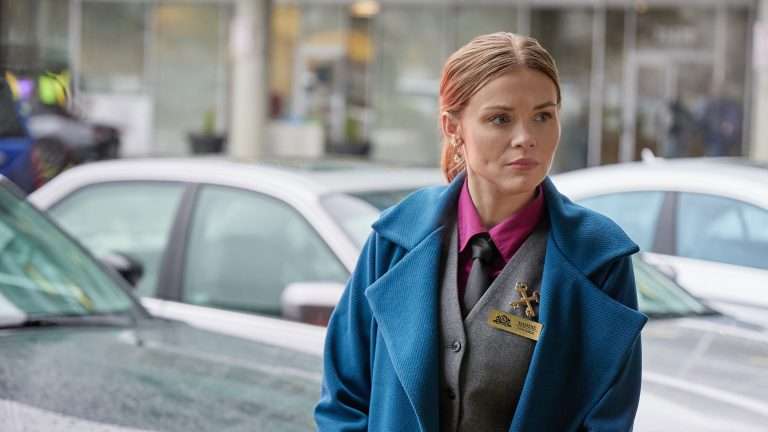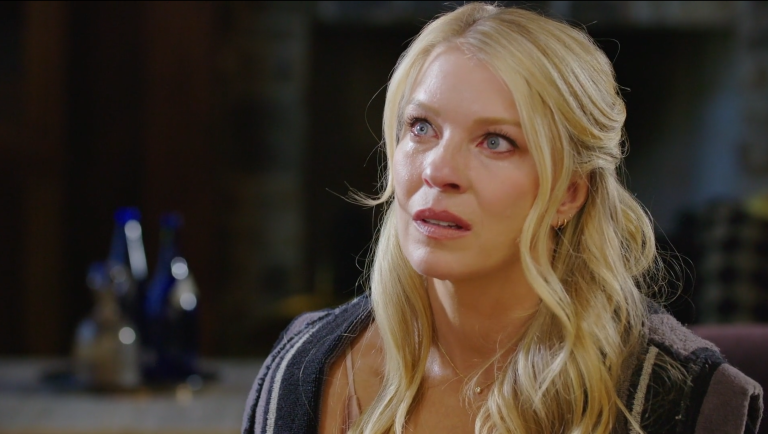Animated films usually get into the limelight, on such a large scale, if they are entertainers. Producers usually make them help children watch what they want and prove that stories have happy endings with the bad side losing. Flee (Flugt) has a happy ending, but it isn’t all a bed of roses. Flee is a harrowing tale written by Jonas Porer Rasmussen and Amin Nawabi. It focuses on a family’s escape from an Asian country in the late 1980s.
This is the last sort of tale that anyone would expect in an animated format, but it has happened; a story inspired by true events has broken ground.
Often, we get told about the difference between a house and a home. In Flee, we get to see this right at the start as this interview-like documentary animated film focuses on the protagonist’s definition of home and his gripping tale of the pursuit to find another one.
He says, “Home, it’s someplace safe. Somewhere you know you can stay and don’t have to move on. It’s not someplace temporary.”
These points are driven home throughout the 88-minute run time in Denmark’s official entry for Best International Film at the 94th Academy Awards. The story jumps between the protagonist’s time in Denmark and his time in Asia before making a not so straight journey laced with perilous obstacles. We get to see the home, which shows us the safety and comfort he is aware of, something that is soon to become a distant memory. And later, we get to see the houses the family stays at, temporarily, unsafe places with unsafe localities that they get thrust into.

The expectation of using footage and/or black and white to tell such a story was shunned, with animation serving as a medium for Flee (Flugt). This ensured that the content didn’t prove to be a turnoff for audiences. There were a few stills that were quite painful to look at, and those made my stomach turn.
Related to Flee – Oscar Nominations 2022: The Complete List
With the animation, director Jonas Porer Rasmussen was able to recreate real-life locations and as many faces as possible from his protagonist’s input. It lent authenticity to Flee, as many names had to be hidden/altered. We get to know why this creative decision got taken, which only enhanced the struggle of individuals who are compelled to leave their home in search of another.
The animation helped ensure that the audience kept watching, and while watching the director and the writer ensured that the film’s tension and the gripping story of each character (one family was in focus but everyone passing through would have had a similar story) remained the prime focus. That was the aim. We had to feel the pain, the fear, the claustrophobia, the temporary feeling of hope, only to have it snatched away. Hope is indeed a dangerous thing.
Uno Helmersson’s score worked best for me to build on the feeling of hopelessness. This, in turn, led to the trials and tribulations of the protagonist getting enhanced way more.
Sensory alert remained on a high, and we get to see why that happens. Amin Nawabi even lets the world get an understanding of why such stories are suppressed and why certain things remain a blur. Besides losing a grip on reality and lacking trust, Flee is a reminder that none can flee from their past even if they forget bits of it and where they come from. It is a symptom of the journey.
The timeliness of Flee could help it really gain traction at the Oscars, and attention from the world. Although the people in Flee fled over three decades back, the story of refugees fleeing their homes and heading to houses elsewhere will be known to many.
These individuals’ not so straightforward journeys can put the spotlight on the millions who land upon seashores. They did not just climb aboard a boat and cruise along the water. Their quest to find a home went through many houses, but akin to the protagonist of Flee, they all weren’t successful. The scene at the border crossing may be true, as it is highly unlikely that the writer would have thrown that in for dramatic effect.






